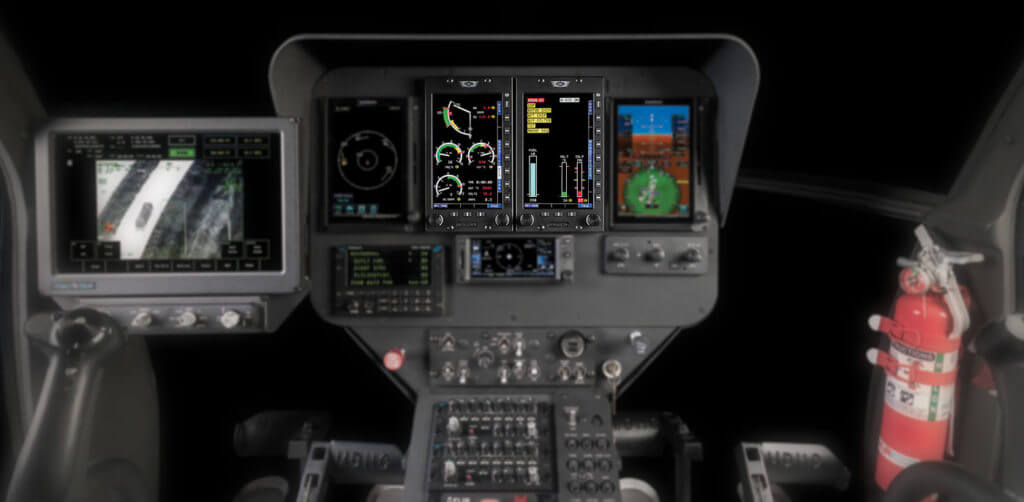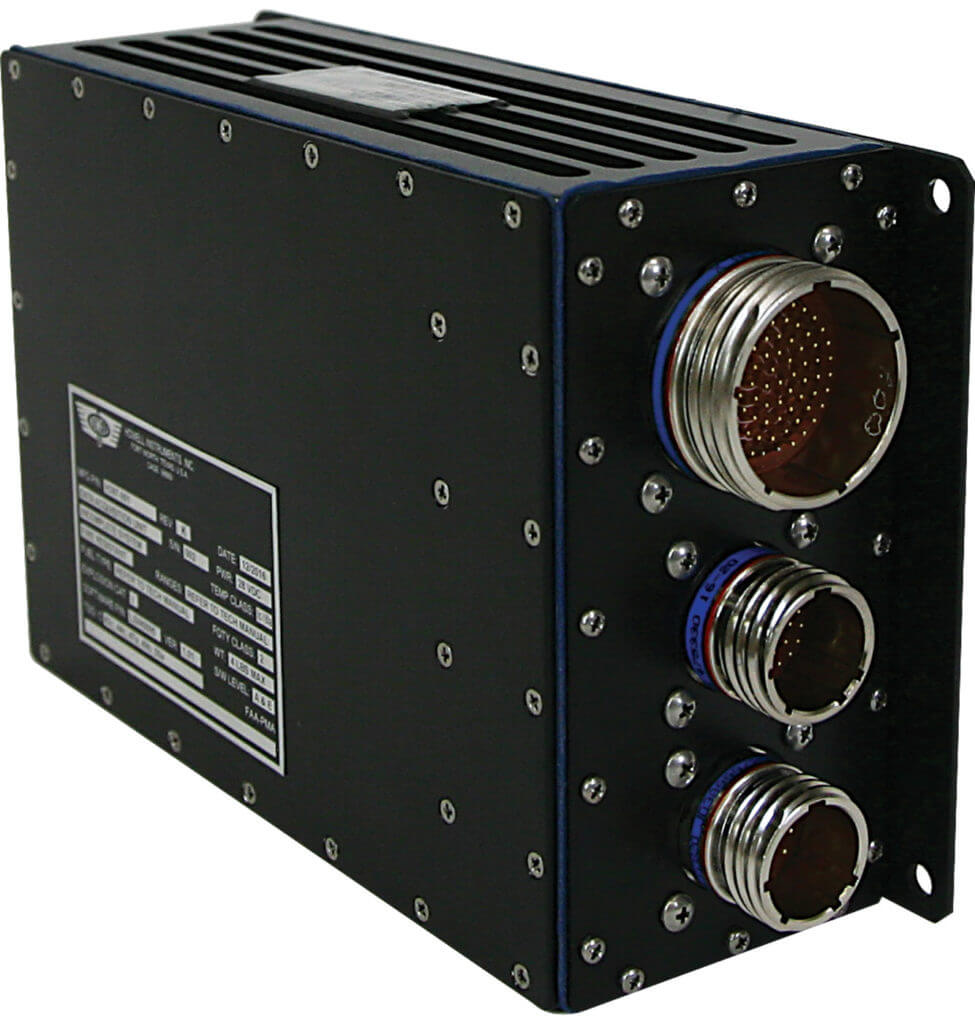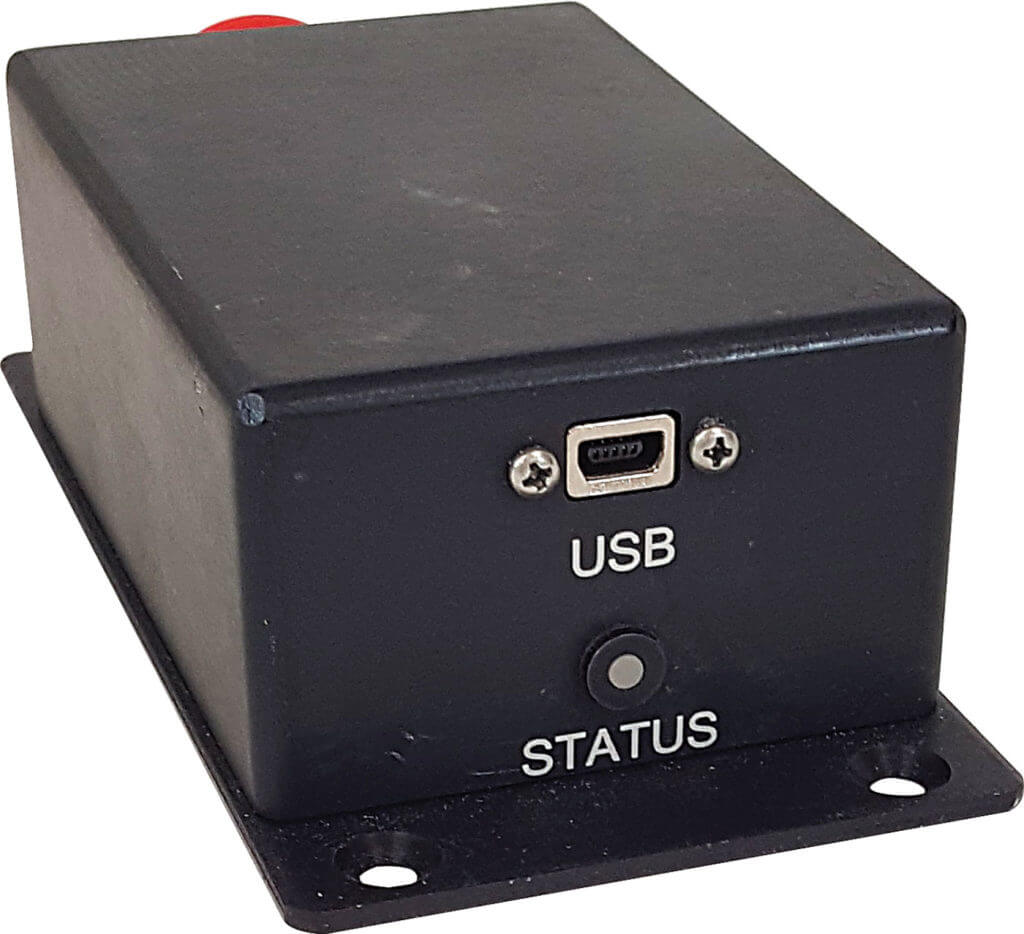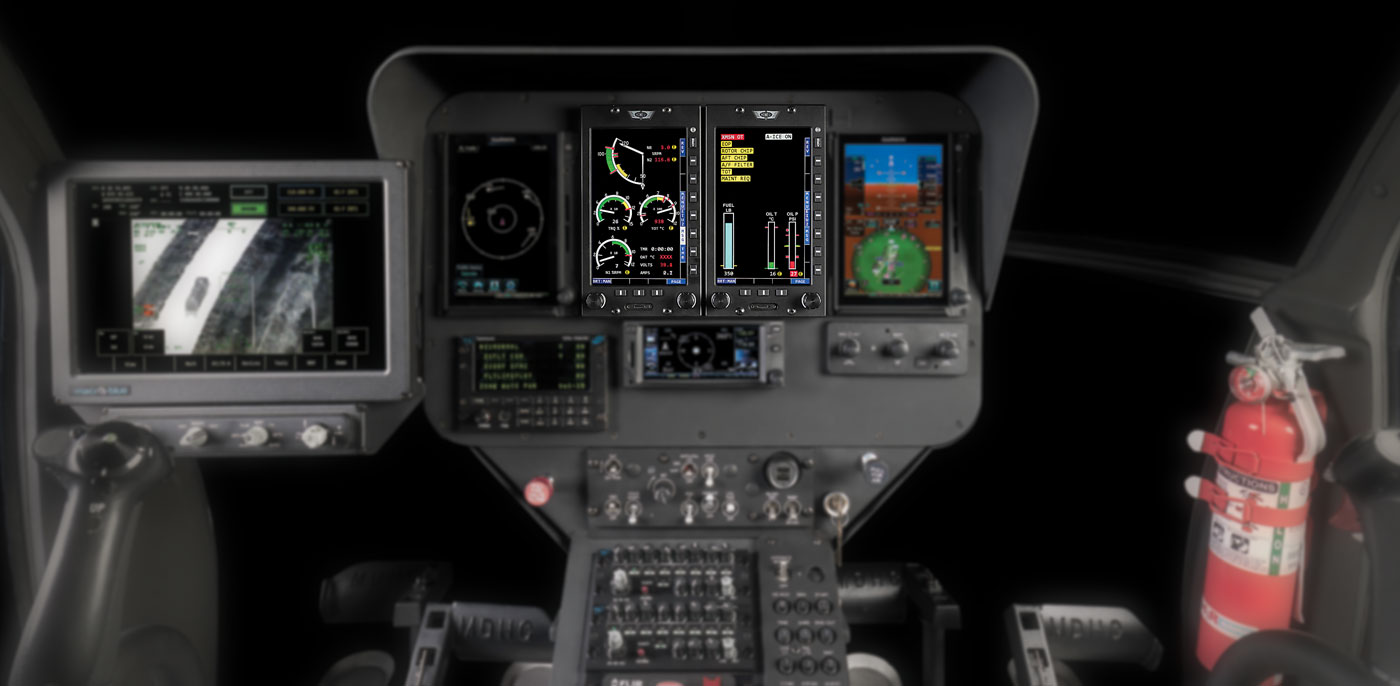After nearly 70 years in business, some companies might rest on their laurels or be set in their ways, but not Howell Instruments. Founded in 1951, this expert in gas turbine engine products continues to develop new solutions that meet and exceed its clients’ needs and demonstrate how flexible and adaptable the company’s thinking and processes still are.
One of Howell’s newest client-focused solutions is its Data Acquisition System (DAS), which is the product of decades of engine monitoring and engine health management experience.
 “We’ve done engine monitors for better than 40 years,” said Arthur (Shep) Brown, Howell’s president and chief executive officer. While the industry has only recently begun to talk about the benefits of engine health management systems, “This is something we’ve been doing for decades.”
“We’ve done engine monitors for better than 40 years,” said Arthur (Shep) Brown, Howell’s president and chief executive officer. While the industry has only recently begun to talk about the benefits of engine health management systems, “This is something we’ve been doing for decades.”
Designed to suit any helicopter or fixed-wing aircraft with a gas turbine engine, Howell’s DAS can consist of any or all of the following components: data acquisition units; display units; a configuration module; and a data logger unit.
While pilots have said it can take time to get used to having that much accurate information, once they do adapt, their flying improves.
“If the extra information is a nuisance and doesn’t benefit the pilot,” said Brown, “we can make it go away. If it concerns lifecycle management, we can record it and report it later.”
That’s the flexibility of Howell’s system–it allows the customer to determine what’s essential to the safe operation of their aircraft and how and where that information is displayed.
 Said Brown: “Based on aircraft published requirements, FAA [Federal Aviation Administration] specifications and their own preferences, they can choose to record the data, use it to alert the pilot or present it as designed. Another benefit of the DAS is that if there really is a problem with an aircraft system, it can be identified and fixed.”
Said Brown: “Based on aircraft published requirements, FAA [Federal Aviation Administration] specifications and their own preferences, they can choose to record the data, use it to alert the pilot or present it as designed. Another benefit of the DAS is that if there really is a problem with an aircraft system, it can be identified and fixed.”
While the first application of the DAS saw it retrofitted into single-engine helicopters, the system is flexible and powerful enough to benefit turbine-powered helicopters or fixed-wing aircraft of any size or configuration, whether retrofit or new build.
“We designed the DAS as truly open architecture,” said Brown. “Howell has designed, built and supported products of every type for gas turbine aircraft, from our engine monitors and on-wing testers, to primary instruments and test cell equipment. We’ve done instrumentation for the U-2 spy plane, for commercial King Airs, for the presidential helicopter (HMX-1), for the Kaman K-Max helicopter. If it’s got a gas turbine in it, we’re prepared [for the DAS] to meet its needs.”
Introduced at Heli-Expo 2018 with launch customer MD Helicopters, the DAS has already seen acceptance and uptake in a wide array of operations. Brown said the company is currently doing a fixed-wing program, a military one for the C-130 transport aircraft and a civil program with a customer in Indonesia.
“We’re also working on some rotor-wing applications with European OEMs–but we can’t say too much about that yet.”
 Whatever the aircraft or sector, customers seem drawn to Howell and its DAS because this system can be quickly and reliably adapted to suit the needs of any operator.
Whatever the aircraft or sector, customers seem drawn to Howell and its DAS because this system can be quickly and reliably adapted to suit the needs of any operator.
“Flexibility is one of the primary reasons customers choose Howell and our DAS solution,” said Brown.
“What’s also really important for potential customers and why they end up choosing Howell is time between certification and getting it on-aircraft. Our DAS is certified to the highest possible standards. Customers can expect that when they get a DAS, it will be on their aircraft in a short amount of time and will meet and exceed all their requirements.”
Another benefit of Howell’s DAS is that it’s the newest solution on the market. That means it incorporates the latest and best hardware available. “Frequently, we hear from customers about the clarity, speed or tremendous viewing angle of the displays.”
Even with Howell’s DAS being ahead of the market in many respects, the company is not standing still.
Said Brown: “Howell’s R&D department never sleeps. The customer always wants lighter, faster, brighter, less expensive. We’re listening. We’ve got a team in Europe right now demonstrating our latest DAS. We’re giving the customer’s engineering staff the ability to make parametric, scaling or even exceedance definition changes at their facility.”
 The company’s founder, John S. Howell III, created the process Howell uses to work with its customers. As Brown explained, that means listening to a client’s needs, investigating that need, proposing the best solution, developing and testing the product, and supporting the product for the long-term based on the client’s changing requirements. “It’s been working for 68 years, and I don’t plan on changing it.”
The company’s founder, John S. Howell III, created the process Howell uses to work with its customers. As Brown explained, that means listening to a client’s needs, investigating that need, proposing the best solution, developing and testing the product, and supporting the product for the long-term based on the client’s changing requirements. “It’s been working for 68 years, and I don’t plan on changing it.”
That lifetime focus on the customer’s needs is backed up by Howell’s commitment to finding the best solution possible.
“We spend a lot of time in the lab,” said Brown. “We’ll shake it, bake it and break it–and then do a forensic study. We’re always looking for the better way to do something. Then, we’ll try to find the most efficient way to get it done. We understand price is important, but this is also about aircraft safety.”
That means Howell’s DAS is cost-effective but the company doesn’t cut corners when it comes to accuracy, reliability or quality–the company plays it safe, so each of its customers can be confident in their operational safety.









